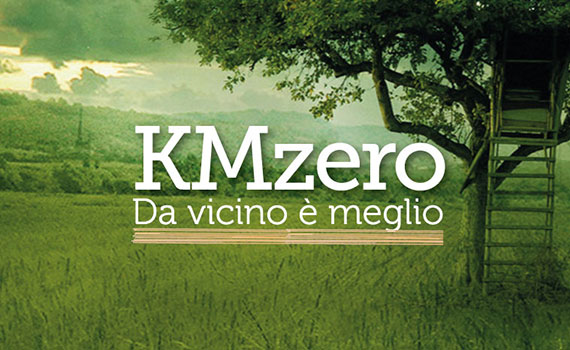

The 21st Century Vernacular House, from the office with the evocative name of Edra arquitectura km0, is inspired by old local clay constructions, especially their orientation, morphology, and use of local materials. Save this picture! Reforma da Antiga Fornalha di Riccione / Pietro Carlo Pellegrini Architetto. The 0 km architecture approach primarily aims to provide more sustainable, healthy, economical, and socially accessible buildings that are strongly linked to the identity of their site.įor example, at Casa Ter in Spain, the walls are made of 0 km materials: they utilize a mixture of concrete and stones from a nearby river alongside ceramics, a material with a long cultural tradition in the neighboring La Bisbal, where the production of this material constitutes one of the area's main economic activities. In other words, the movement encourages the use of local products and, preferably, those that have not undergone major stages of industrial processing. These are materials that can be purchased locally, that do not need to be transformed, and, at the end of their useful life, that can be returned to the environment.

Zero km materials take a very similar approach. In addition, Slow Food seeks to encourage the production and consumption of local and seasonal ingredients, maintaining regional customs and fostering a greater connection to and appreciation of the food. With this mission, it seeks to reduce damage to the environment caused by monoculture and the emissions of carbon dioxide / consumption of fossil fuels caused by the transportation of these products. As a clear counterpoint to fast food chains, the idea of the movement is to promote the consumption of local ingredients, reducing the distance between producers and consumers. The term km 0, or 0 km, was derived from the Slow Food movement. Save this picture! Reconversión Café-concierto Can Lliro / Aulets Arquitectes + Carles Oliver. Sustainability and Performance in Architecture And coming up in 2015, Milan will also host the Expo.The Future of Architectural Visualization Some objectives were already achieved last spring, including a foray into the territory of Milan during the Salone del Mobile with Walking Design, a bona fide installation in movement to reclaim the history of design and production to which Lissone still bears testimony. And the dynamics of the tour also embrace sustainability: the stopping points on the itinerary are the works in an open-air museum that can be toured on foot or by bicycle. Design – termed “zero kilometre” because it is exhibited where it is made – becomes the engine of urban renewal and promotion of the district in terms of culture, commerce and tourism. Installations, graphic expressions on the urban scale, and narratives taking the form of citations of some of the most famous designers are the stations along a route to regenerated interest and creativity in the DUC. Directed by Ghigos Ideas and based on the concept of locally-sourced design, the initiative proposes a tour of some of the city’s strategic points for furniture production and sales.

Lissone Work in Project, a start-up in the broader plan to create an ecomuseum along the streets of Lissone’s Urban Commercial District (DUC), is about to embrace its next venue: Palazzo Terragni.


 0 kommentar(er)
0 kommentar(er)
